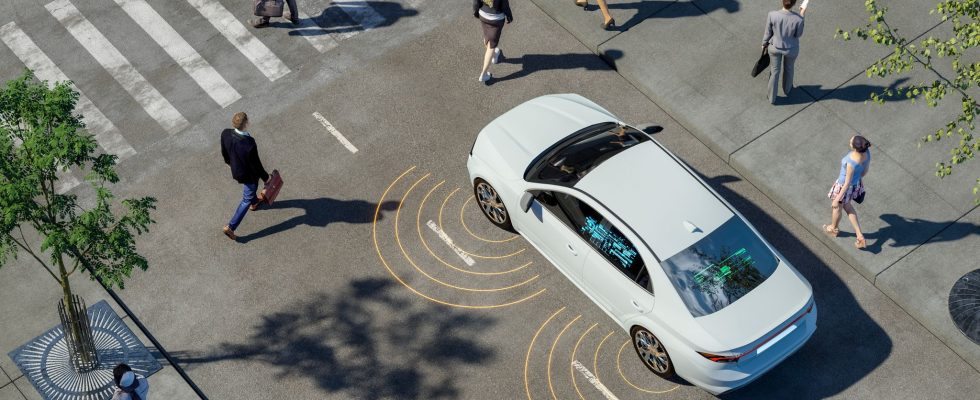If we believed everything that Elon Musk predicted, humans would be at the gates of the planet Mars and our brains would soon be connected to the Internet. That’s why the Tesla boss sparked a few smiles when he announced last summer that his self-driving cars would hit American and even European roads before the end of 2022. Just under a year more later, you can certainly drive without hands in France, but only level 3 SAE models.
And again, with very strict conditions: on motorways or roads prohibited to pedestrians and cyclists and separated by a central reservation, in good weather, at less than 60 km/h and… in vehicles that you will not find anywhere. The decree provides that in the event of an accident or traffic violation without the intervention of the driver, the manufacturers are fully liable. They did not rush to have their prototypes homologated.
In Germany, we are less cautious. Mercedes has been marketing its advanced driver assistance system (ADAS) there for several months, called Drive Pilot. Its S-Classes which are equipped with it can take some 13,000 kilometers of motorway at a maximum of 60 km / h – although since the beginning of the year, across the Rhine, level 3 autonomous vehicles can legally drive up to 130 km/h, a first in the world. According to the German press, Berlin would even like, in the long term, to authorize the circulation of unmanned vehicles.
“From 300 to 400 billion in revenue by 2035”
In a report published last December, McKinsey’s Center for Future Mobility expressed its faith in the future of autonomous vehicles, to which it promises “between 300 and 400 billion in revenue by 2035”. Without hiding that there are still some major obstacles on this triumphal road. The main thing, according to the heads of car manufacturers, carriers or software developers interviewed? Regulations, far ahead of the state of science and consumer demand.
In this area, the questions are many and complex, whether they relate to liability in the event of an accident or, conversely, the disempowerment of drivers, ethics, technology, customer reluctance and, of course, Security. To answer this, the champions of the autonomous car, Google Waymo, Uber, Tesla, the French Valeo or Mercedes-Benz, recall that in 90% of accidents, the responsibility of the driver is engaged. Not sure that the argument is enough to convince.
Six levels of autonomy
In 2016, the former Society of Autonomy Engineers (now SAE International) classified vehicles into six categories, according to their degree of autonomy.
Level 0 SAE: manual driving. The driver performs all driving-related tasks.
Level 1 SAE: assisted driving. The vehicle is equipped with driving assistance systems, such as cruise control, ABS or fatigue detector, but its driver remains in control in all circumstances.
Level 2 SAE: partially automated driving. The trajectories are automated, but the driver remains in control at all times, even when he leaves his vehicle to park alone.
Level 3 SAE: automated driving. The vehicle automatically manages the trajectory, monitors the environment and alerts the driver if he needs to take the wheel again. This level is authorized in France, subject to conditions.
Level 4 SAE: highly automated driving. The system manages trajectory and safety, without driver assistance or duty of care.
Level 5 SAE: fully automated driving. You can sleep behind the wheel – if at least the vehicle has one. Few believe it to be realistic in the short term.
